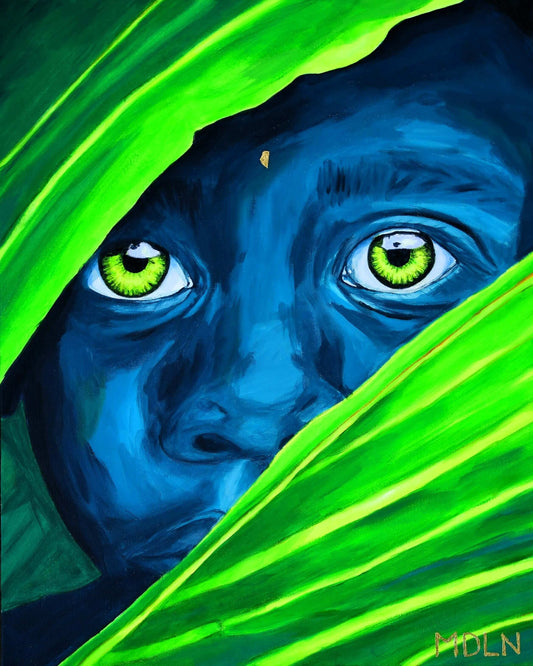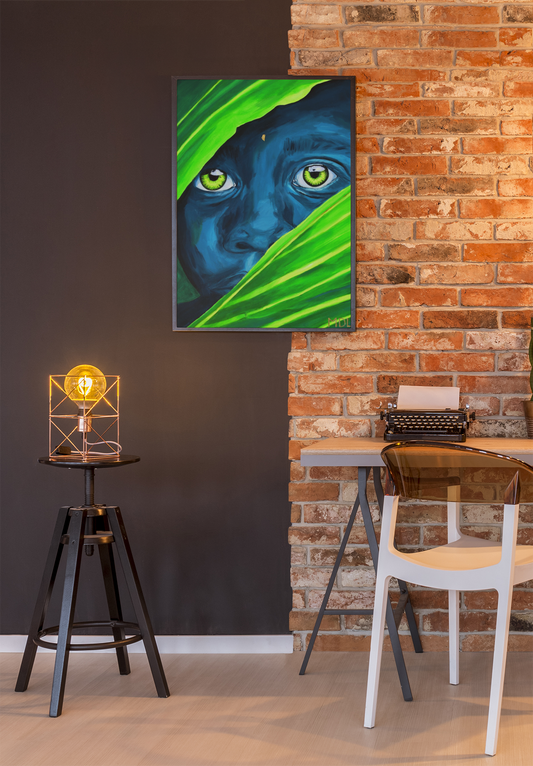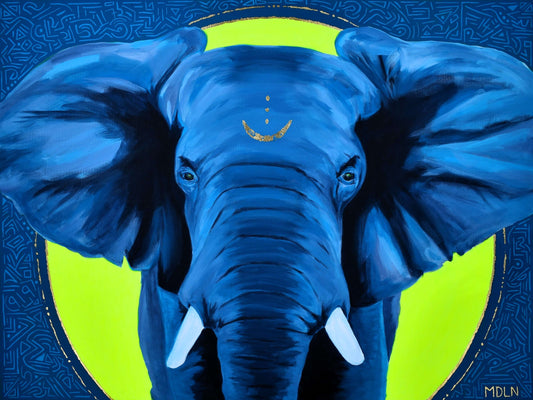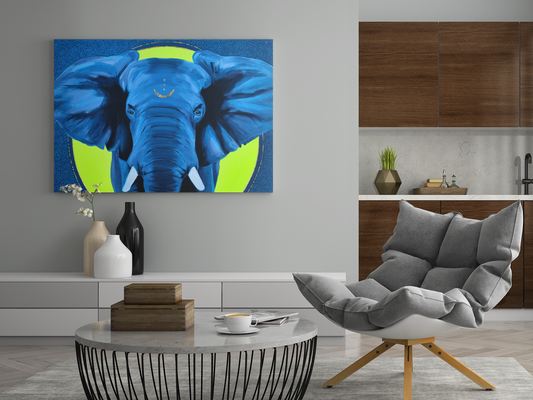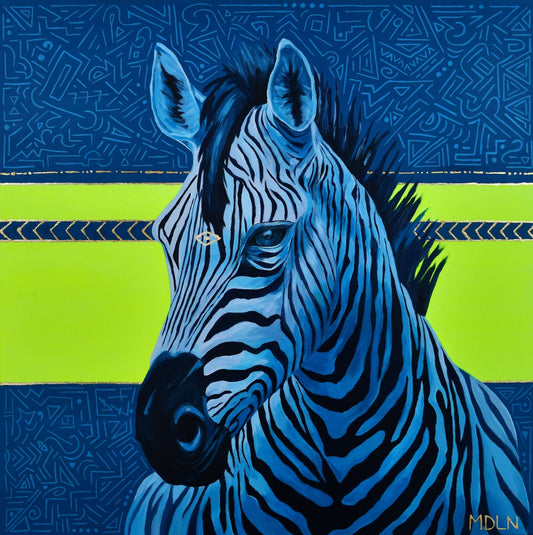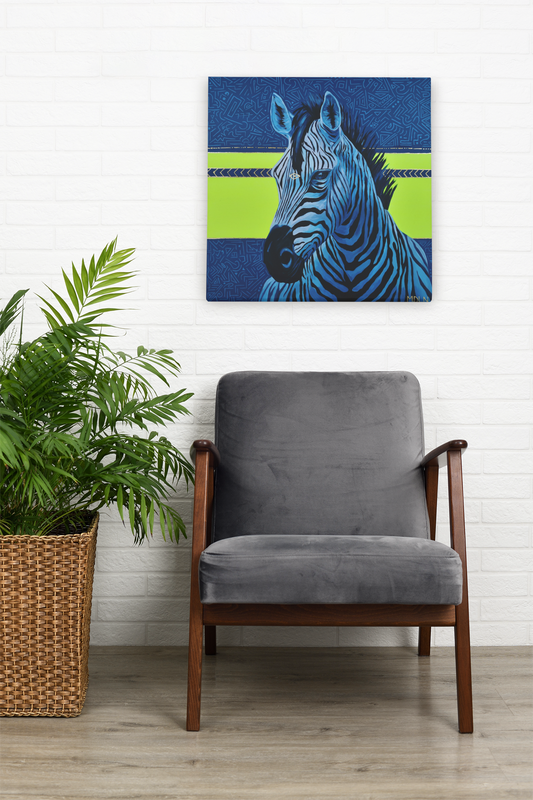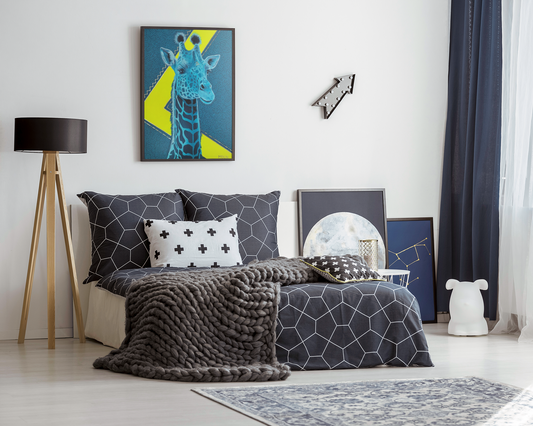Introduction
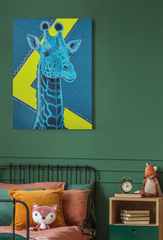 Throughout history, the intricate relationship between art and mental health has woven a compelling narrative of healing, understanding, and self-expression. As we delve into the annals of time, one can't help but wonder about the real events and figures who discovered the therapeutic essence of art. This exploration seeks to uncover the tangible impacts of art on mental health across different eras, with a particular focus on the emergence and evolution of acrylic painting as a medium for therapeutic expression. How did these artistic practices influence the well-being of individuals and communities? And where does the whimsy of cartoons fit into this historical tapestry?
Throughout history, the intricate relationship between art and mental health has woven a compelling narrative of healing, understanding, and self-expression. As we delve into the annals of time, one can't help but wonder about the real events and figures who discovered the therapeutic essence of art. This exploration seeks to uncover the tangible impacts of art on mental health across different eras, with a particular focus on the emergence and evolution of acrylic painting as a medium for therapeutic expression. How did these artistic practices influence the well-being of individuals and communities? And where does the whimsy of cartoons fit into this historical tapestry?The Emergence of Art as Therapy
The story begins in the dimly lit corridors of ancient caves, where early humans painted their realities and dreams on stone canvases. Fast forward to the Renaissance, when art began to serve as a mirror to the human condition, reflecting both turmoil and tranquility. But when did the intentional use of art to soothe the mind and heal the spirit crystalize into a form recognized today as art therapy?
In the 1940s and 1950s, artists and therapists alike began to formally recognize the power of art as a healing tool. Acrylic paintings on canvas, a medium that emerged around the mid-20th century, offered a new way for individuals to express themselves without the constraints of traditional oil paints. The quick-drying, versatile nature of acrylics allowed for spontaneous expression, becoming an invaluable tool in therapeutic settings. Now, even Harvard talks about pain management through art. Now let's explore what real-life impacts did these vibrant artworks have on individuals grappling with mental health challenges?
Impacts Of Art on Individuals and Societies
One can look to the work of pioneers like Adrian Hill, a British artist who coined the term "art therapy" while recovering from tuberculosis through painting and drawing. Hill's experiences led to the realization that creating art provided significant psychological relief, a notion that resonated with many who found solace in their brushes and colors during times of distress.
Similarly, the rise of acrylic art in therapeutic practices highlighted its accessibility and adaptability, making it a popular choice for therapists and patients alike. Acrylic paintings on canvas have been used to navigate the complexities of emotions, trauma, and recovery, offering a vivid palette for articulating feelings that words alone cannot capture. How have documented cases of acrylic painting facilitated mental healing, and what stories of transformation can we learn from?
Top 3 Pioneers of Art Therapy
Animal Art and the Human Psyche
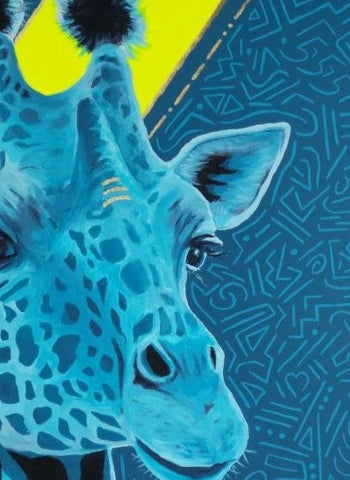
The depiction of animals in art, from the prehistoric Lascaux caves to modern acrylic paintings, has always been a reflection of humanity's connection to nature and its therapeutic effects on the human psyche. The giraffe drawing or painting, with its grace and unique perspective, has often been a subject of fascination. In therapeutic settings, creating acrylic paintings of giraffes and other animals can act as a conduit for expressing personal growth, resilience, and the aspiration to rise above life's challenges. But beyond the real and the tangible, where does the playful and imaginative world of cartoons find its place in the serious domain of art therapy?
A Brief Nod to the World of Cartoons
Interestingly, even cartoons, in their brief passing through the canvas of art therapy, have found a niche. Though primarily seen as a form of entertainment, the process of drawing cartoons can offer a light-hearted escape, enabling individuals to engage with their inner child or to humorously confront and cope with life's adversities. This fleeting intersection between the whimsical and the therapeutic invites us to ponder the myriad ways art can serve as a balm for the mind.
Conclusion
As we continue to unravel the historical threads of art's impact on mental health, the narrative is rich with real events, transformative stories, and the undeniable power of acrylic paintings as a medium of expression and healing. The journey of art therapy, from ancient cave walls to contemporary canvas, challenges us to consider the myriad forms through which art continues to offer sanctuary and understanding. Amidst the colors, textures, and forms, the essence of healing endures, reminding us of art's timeless capacity to touch the soul and mend the mind.
References
https://www.health.harvard.edu/blog/art-therapy-another-way-to-help-manage-pain-2018071214243
https://www.canr.msu.edu/news/the_benefits_art_therapy_can_have_on_mental_and_physical_health
Image(1): https://www.flickr.com/photos/wallyg/6792452996/in/photostream/
Image(2): https://www.flickr.com/photos/raelga/4408707256
Image(3): https://www.flickr.com/photos/infomastern/22388463594
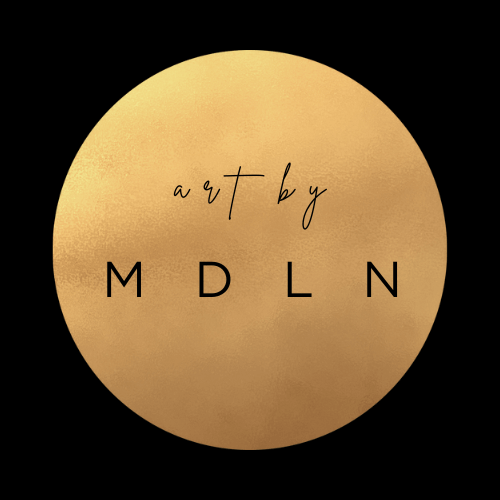

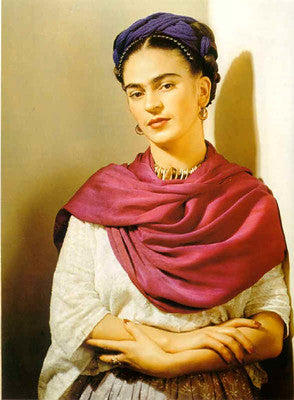
 (3) Yayoi Kusama's work is a vivid testament to the healing power of art. Battling mental health issues from a young age, Kusama found in art a way to express her hallucinations and obsessions, particularly with dots and nets. Her immersive installations and expansive body of work have not only made her a global art icon but also symbolize her ongoing battle and coexistence with mental illness. Kusama voluntarily resides in a psychiatric facility, where she continues to create art as a therapeutic practice. Her story, widely covered in literature and media, highlights the role of art in managing mental health conditions and transforming personal struggles into internationally acclaimed art.
(3) Yayoi Kusama's work is a vivid testament to the healing power of art. Battling mental health issues from a young age, Kusama found in art a way to express her hallucinations and obsessions, particularly with dots and nets. Her immersive installations and expansive body of work have not only made her a global art icon but also symbolize her ongoing battle and coexistence with mental illness. Kusama voluntarily resides in a psychiatric facility, where she continues to create art as a therapeutic practice. Her story, widely covered in literature and media, highlights the role of art in managing mental health conditions and transforming personal struggles into internationally acclaimed art.